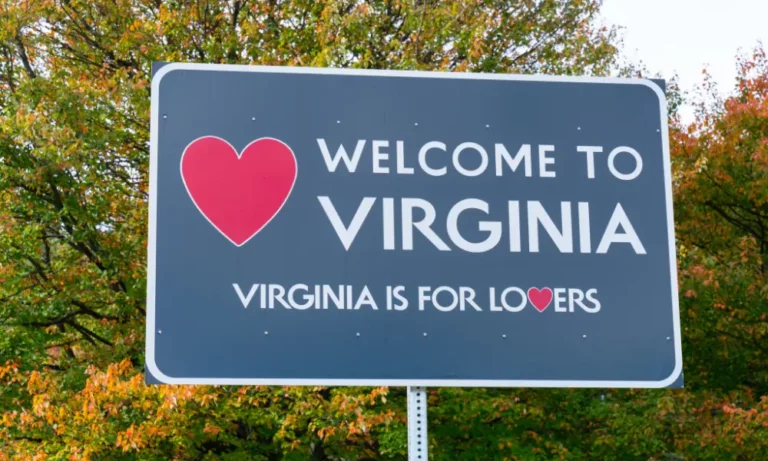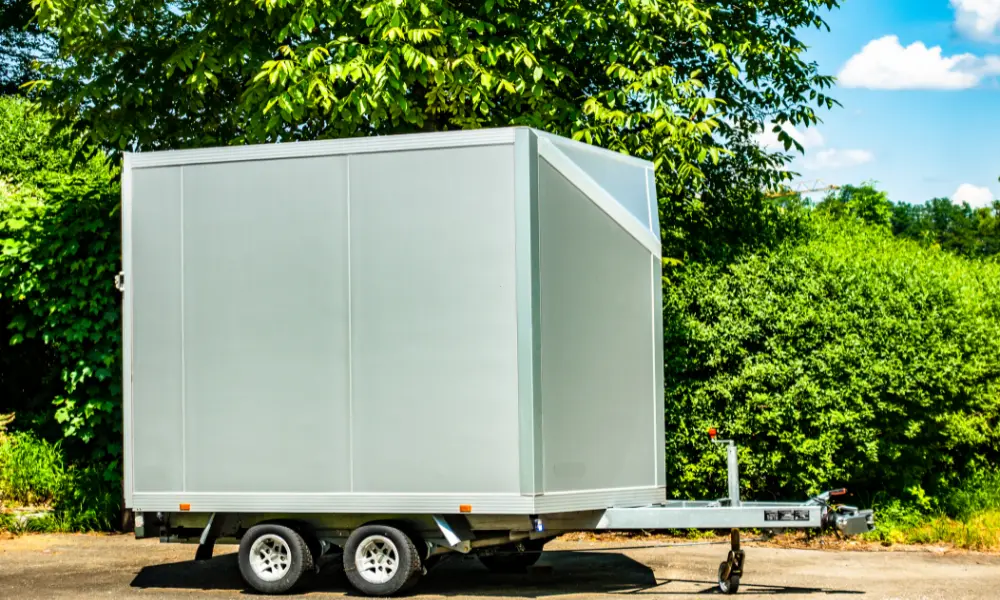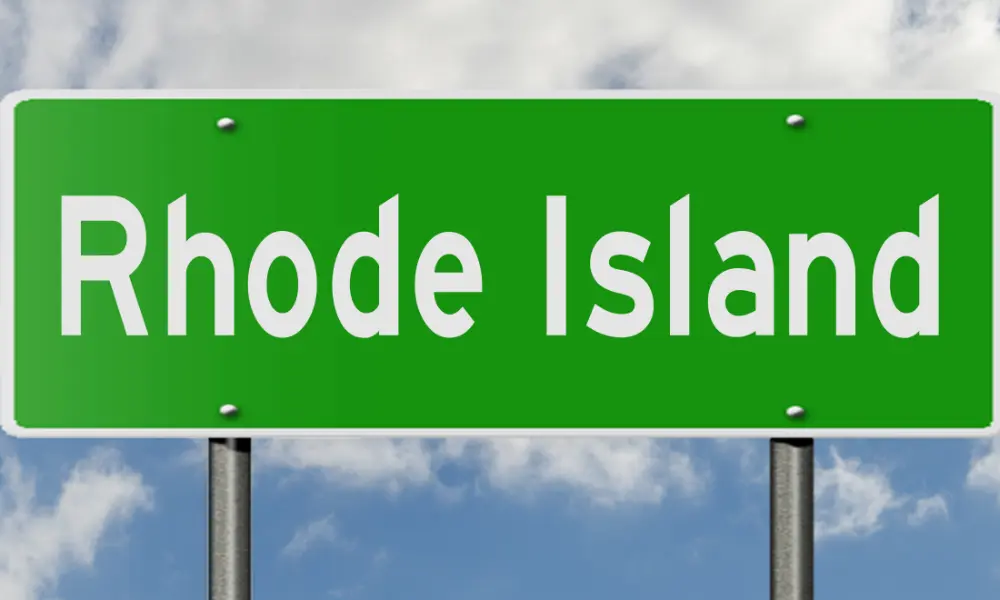Getting your motor vehicle inspected in the Commonwealth of Virginia can seem like a hassle, but knowing the requirements can make the process smoother. In Virginia, passing the annual state vehicle inspection is mandatory to ensure your vehicle is safe to drive. You’ll need to visit an authorized inspection station where they will check everything from brakes to lights. Stick with us to learn how to pass your inspection with ease.
Understanding Virginia’s Vehicle Inspection Requirements
Virginia has specific guidelines for vehicle safety inspections to ensure that all vehicles meet state safety standards. These inspections cover various vehicles, such as motorcycles, trailers, and autocycles.
Legislative Background
The Virginia State Police oversee vehicle inspections according to the Commonwealth of Virginia Administrative Code, Chapter 70. This legislation defines how vehicles should be inspected and the requirements for official inspection stations.
The inspections are mandated annually. New vehicles inspected by the manufacturer may skip the initial state inspection. Authorized stations follow the detailed steps laid out in the Motor Vehicle Safety Inspection Manual.
Scope of the Inspection
State inspections focus on key safety aspects like brakes, lights, tires, and the driver’s seat. The inspection checklist is specified in the Official Motor Vehicle Safety Inspection Manual.
For motorcycles and autocycles, specific criteria must be met. Trailers also require checks, such as verifying proper coupling devices and lighting. The goal is to ensure that each vehicle meets safety standards to reduce accidents and breakdowns.
Remember, these inspections are essential for your safety and the safety of others on the road.
The Inspection Process
Preparing your vehicle for an inspection in Virginia requires a few important steps. You’ll need to locate a certified station, ready your vehicle, and know what to expect during the check itself.
Finding an Official Inspection Station
To have your vehicle inspected, you must go to an Official Inspection Station. These stations are certified by the Department of State Police. You can find a list of approved stations on the Virginia State Police website. Look for places displaying the “Official Inspection Station” sign. It helps to call ahead to check wait times and see if an appointment is needed.
Preparing for the Inspection
Before heading to the station, it’s a good idea to visually check some basic components of your vehicle. Ensure that all lights, including brake and signal lights, are working. Make sure your tires are in good condition. Also, check that your windshield wipers are functional. Having these items in good shape can help avoid a Rejection Sticker and needing extra maintenance.
During the Inspection
When you arrive for your inspection, a certified inspector will review your vehicle. They check various aspects like brakes, lights, the exhaust system, and the overall condition of the car. If your vehicle passes all checks, you will receive an Inspection Sticker valid for one year. If it doesn’t, you’ll get a Rejection Sticker, indicating required repairs. You can return for a re-inspection once issues are fixed.
Understand the inspection process well to keep your vehicle in top shape and stay compliant with Virginia state laws.
Key Vehicle Components Evaluated
When you get your vehicle inspected in Virginia, several important parts are checked for safety and functionality. These key components include brakes, tires, lights, windows, and safety mechanisms.
Brakes and Steering System
The brakes and steering system are crucial for your safety. Inspectors check the brake pads, rotors, and fluid levels. They ensure that the brakes can stop the car efficiently. Both the foot brake and parking brake must be operational. The steering system, including the steering wheel and column, gets checked for looseness or wear. The goal is to make sure you have full control over your vehicle at all times.
Tires and Wheels
Tires and wheels need to be in good condition to provide proper traction and stability. Inspectors look for proper tire tread depth and check for any cracks or bulges. They also examine the alignment and balance of the wheels and rims. Worn or damaged tires can lead to accidents, so this inspection is vital for your safety. They also ensure that the tires match the vehicle’s specifications.
Lights and Electrical System
Lights and the electrical system are essential for visibility and communication with other drivers. Inspectors check headlights, taillights, brake lights, and turn signals to ensure they work correctly. Your vehicle’s horn is tested to make sure it can alert others if needed. The overall electrical system, including battery health and wiring, gets a thorough evaluation to ensure reliable performance.
Windows and Mirrors
Windows and mirrors are inspected for cracks, chips, and functionality. The windshield is checked for damage that could obstruct your view. Windshield wipers are examined to ensure they clear the glass effectively. Inspectors also check rear-view and side mirrors to make sure they are properly aligned and free from damage, providing you with a clear view of other vehicles on the road.
Safety Mechanisms
Safety mechanisms include seat belts, airbags, and other critical features. Inspectors ensure that seat belts are intact and functional. They also check the condition of the airbag system to ensure it will deploy correctly in an accident. Additionally, emergency equipment like the vehicle’s defroster, exhaust system, and air pollution control systems are inspected to meet safety standards.
By having these key components checked, you can drive with peace of mind knowing your vehicle meets Virginia’s safety requirements.
Emissions Inspection
Emissions inspections in Virginia are crucial for ensuring your vehicle complies with state regulations. These checks help reduce air pollution and keep our environment clean.
Understanding Emissions Standards
Virginia has specific emissions standards that vehicles must meet to remain roadworthy. If your car is registered in areas like Arlington or Fairfax, you are required to pass emissions tests every two years. The standards depend on your vehicle’s make, model, and year.
Older cars, particularly those from 1997 or later running on diesel, need to meet stricter emissions limits. Some hybrid vehicles may be exempt if they achieve high fuel efficiency ratings. Meeting these standards helps control air pollution and ensures your car is safe to drive.
The Emissions Inspection Checklist
When you bring your vehicle in for an emissions inspection, several key components are checked. The inspection will review your Air Pollution Control System to ensure it works properly. Technicians test the exhaust to confirm emissions are within legal limits.
They also check for any tampering or modifications that might affect emissions. You can get your smog check at certified inspection stations or RAPIDPASS locations, which offer a quicker, drive-by test. Ensuring all these factors are in order helps you pass the test and keeps your vehicle registration valid.
Post-Inspection Procedures
After your vehicle undergoes a safety inspection in Virginia, there are specific steps you need to take based on whether your vehicle passes or fails. This ensures that your vehicle is compliant with state regulations.
Passing the Inspection
If your vehicle passes the inspection, you will receive an approval sticker. This sticker must be placed on your windshield. The approval sticker signifies that your vehicle meets all safety standards in Virginia. Be sure to place it in a visible spot as instructed by the inspector.
You can drive away with the peace of mind that your vehicle is roadworthy. The authorization lasts for one year, so mark your calendar for the next inspection date to avoid penalties.
If Your Vehicle Fails
If your vehicle fails the inspection, the inspector will issue a rejection sticker. This sticker indicates that certain issues must be fixed before you can legally drive on Virginia roads. Pay close attention to the specific problems listed on the inspection report.
Remember, it is illegal to drive a vehicle with safety issues. You should address the listed problems as soon as possible to ensure your vehicle meets the required safety standards. Drive directly to a repair shop to get the necessary work done.
After Successful Repairs
Upon repairing the issues, you’ll need to get your vehicle re-inspected. Make sure to keep all receipts and documentation of the repairs completed. Return to the inspection station with these documents to verify that the required work was done.
After passing the re-inspection, you will receive your approval sticker. If you’re unsure where to get repairs done, places like Virginia Tire & Auto are reputable options that can help you meet the inspection standards. Always ensure that you fix any problems quickly to maintain safety and compliance on the road.
Additional Information
Understanding the specifics of Virginia’s vehicle inspection can help you stay compliant and ensure your vehicle is safe for the road. We’ll explore costs, where to find a good repair shop, and the legal implications of inspection stickers.
Cost Considerations
Vehicle inspection fees in Virginia vary based on the type of vehicle. For example, the maximum fee for inspecting a tractor truck or a large passenger vehicle is $51. Passenger cars typically have lower fees, often around $12, but it’s important to check the exact cost for your specific vehicle.
You should also be aware of additional costs. If your vehicle fails inspection, you may need to spend more on repairs. Common issues include worn-out brake pads, insufficient tire tread depth, or faulty lights. Always budget a little extra to cover these potential repairs.
Finding a Repair Shop
Finding a reliable repair shop is crucial for passing your vehicle inspection. Look for shops with good reviews and certified mechanics. AAA-certified locations or those recommended by your vehicle manufacturer are often trustworthy options.
Ask friends or family for recommendations, and don’t hesitate to check the shop’s credentials. Make sure the shop follows Virginia’s inspection guidelines and uses quality parts. A good repair shop will also explain any needed repairs in plain terms and provide a written estimate.
Legal Implications of Inspection Stickers
The inspection sticker is more than just a piece of paper; it’s proof that your vehicle meets Virginia safety standards. Driving without a valid inspection sticker can result in fines or even points on your driving record.
Police can issue citations if your sticker is expired, missing, or improperly displayed. Additionally, your vehicle registration may not be renewed until you pass the inspection. Make sure your inspection sticker is always up-to-date to avoid legal troubles.
Always display the sticker on the windshield where it’s visible to ensure compliance with state regulations. This helps you avoid unnecessary stops by law enforcement and ensures your vehicle remains legally on the road.















